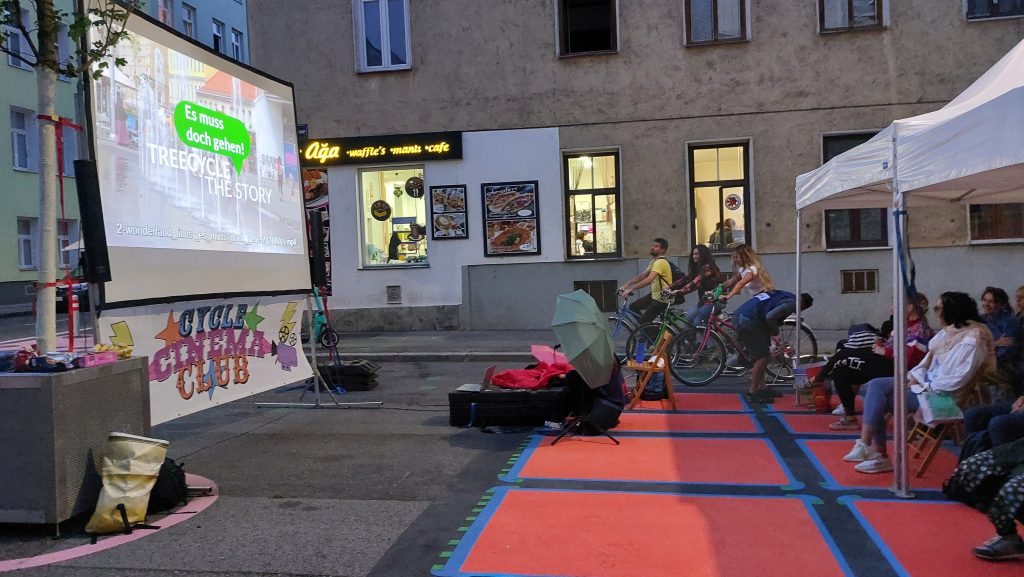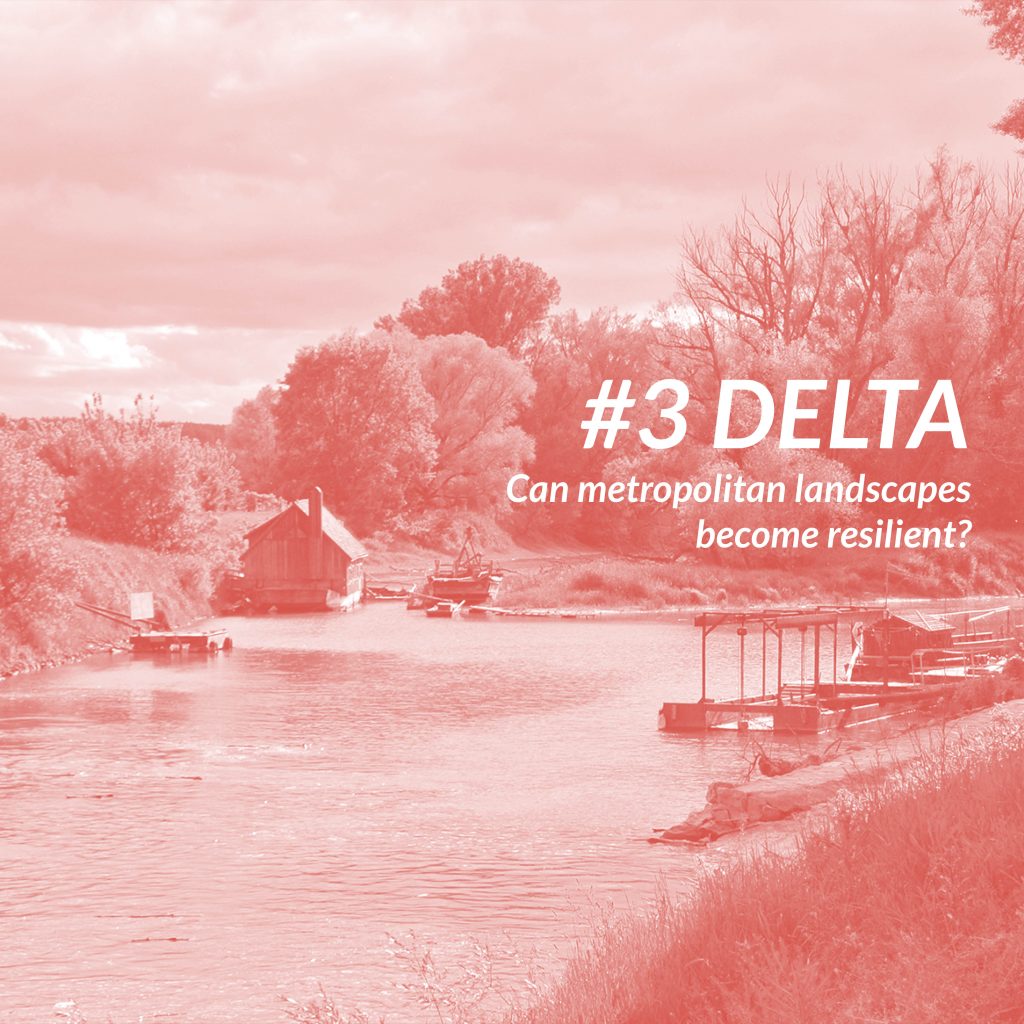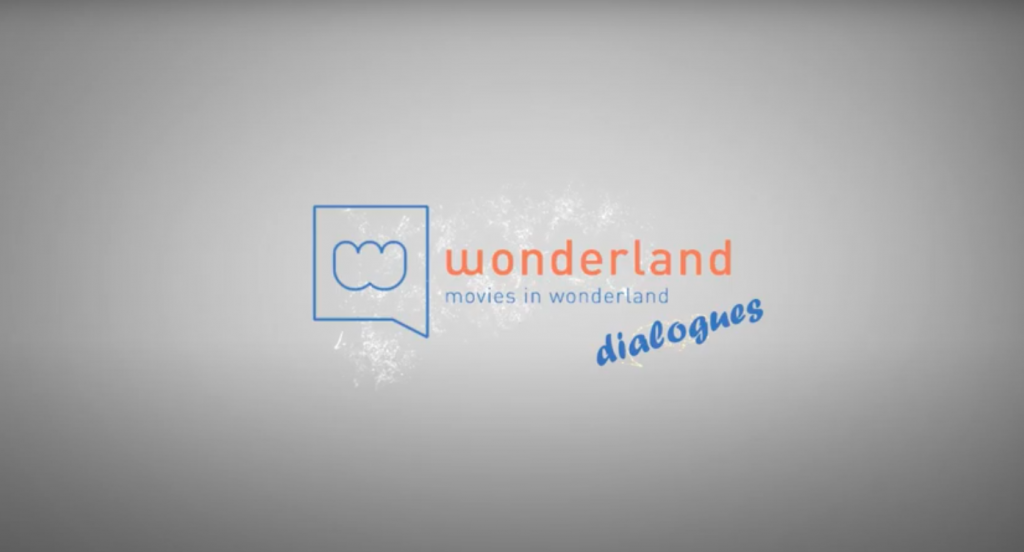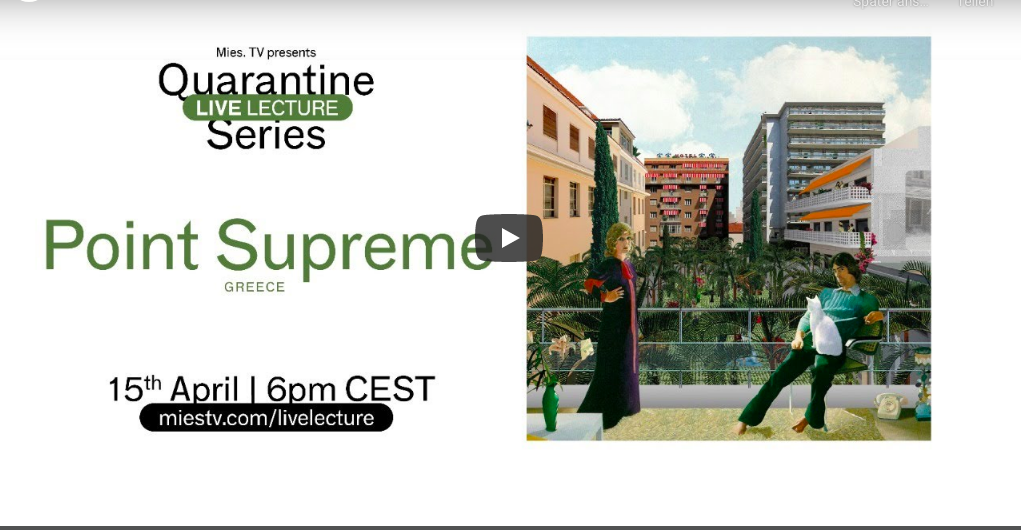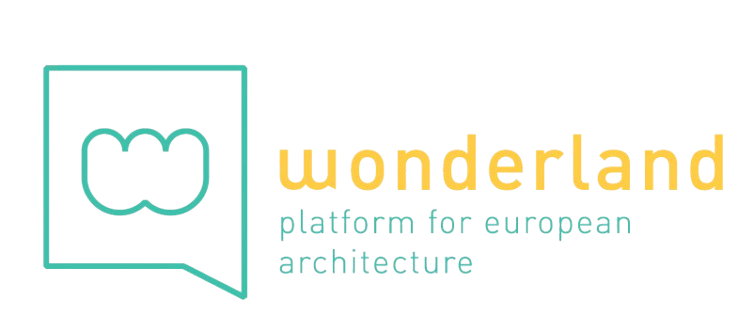By Maryam Shah
Architecture can be considered ‘successful’ if it creates a dialog with the people in and around it. This can be done in many ways, like the building acting as a mediator for community development or as a cause of the disturbance. A building cannot and does not stand independent of the community around it. It gets its character from the response it gets from the people as a place where social interaction takes place. There are many ways in which designers or architects can design or curate these social interactions. Some of the ways are attention to detail, catering to community needs, and considering the history and place of the building in its surrounding. Largo Residencias is a case study that shows how community development can be made successful and actually realized by collaboration between not only the general community members but by the involvement of designers and artists themselves.
Located in Lisbon’s fast-changing Intendente neighborhood is Largo Residencias, a four-story building constructed in the 19th century. Its exact location is on the central square, Largo Intendente, of this neighborhood. A building that was originally built as a ceramic factory, is being used as a hostel, hotel, artist-in-residence and a café, run by a cooperative. It is a building with a fascinating history, from the kind of activities that took place in it to the diverse group of people that used to live in it. The adaptive reuse of the building has given a new character and identity to this building through cultural activities, inclusion, and acting as a social network for the people around it.
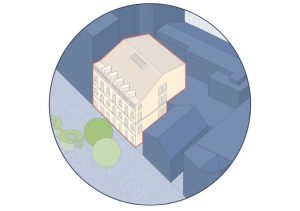
“…to do something bigger for the neighborhood,”
Marta Silva
Started by a group of people associated with the SOU Cultural Association, Largo Residencies generates its economy through tourism and cultural events that bring artists from around the world as well as people from the neighborhood together. Although all the team members were new in tourism, commerce, and property management, with their learning skills and external advice, they successfully opened up an artistic space that is financially sustainable and keeps the reinforcement of the marginalized community as a top goal.
A place for artists to interact
A place for artist residency is designated on the top floor of the building. Artists, architects, and other individuals connected to the cultural fields can that are linked to Largo’s programs are hosted by Largo Residencias’s artist residency. Support in different ways is provided to artists active in arts, dance, theater, literature, photography, videography, performance, gastronomy, and fashion. The focus is not only on arts but also on academic and research projects and there is a chance for interactive exchange of knowledge from professionals from a background in anthropology, sociology, psychology, and architecture. All these projects are supported so that they contribute to the local community in one way or another and the local people can benefit from them. Short-term rental rooms for tourists, students, journalists, and artists are located on the 1st and 2nd floor of the building.
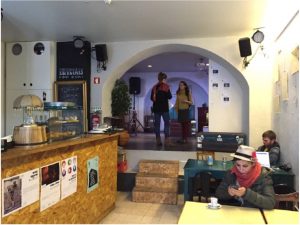
“…we thought we should have a café as it would be the meeting point for not only our workers but also our neighbors and local people” Marta Silva
The space that gives life and realization to the concept of the socio-cultural project is the café on the ground floor. It is a meeting hub for the community, artists, and professionals as most of the cultural works take place in this space. The ground floor is the heart of cultural and social interaction with the cafeteria, studio, and shop. The studio is a workplace for artists in residence and as a display point for their artwork. Apart from artists’ work, this studio is also used for regular concerts, book exhibitions, and presentations that are free of charge. Another activity among these culturally interactive programs is the Bike Pop Shop to promote bicycle culture. This shop also adds to the financial sustainability of Largo Residencias as it is run by a local business that pays rent to Largo for this space.
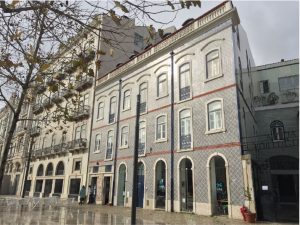
The Design Challenge
During its renovation, the building brought with it many challenges. The first one came in the way that Largo Residencias is located in the protection zone around two classified buildings and is protected by national law. The alteration in the façade or otherwise needed the Ministry’s approval. More challenges for the designers came when they realized that they could not make one design plan and hand it out for construction, careful consideration and observation were done as issues in the building exposed themselves gradually like onion layers. Resolving one issue meant a new one emerging. Another challenge came as the square in front of the building turned into a construction site. This not only made renovation work difficult but also created problems in getting a tourist or resident influx.
Largo Residencias has been an example of artistic collaboration for the betterment of the community in many ways. Not only through its activities but also through the involvement of different professionals in artistic exchanges. It realizes the idea of how architecture can add to and positively change the identity of a neighborhood. Through its design, activities, and events, it brings people close together, from all aspects of life. The important angle in the renovation and reuse of the building is that it has focused on the community throughout the process, which has benefited both the community and the cooperative.
Watch the video produced by Eutropian for Largo Residencias Observatory Case.
To know more about the project, download Largo Residencias Observatory Case

